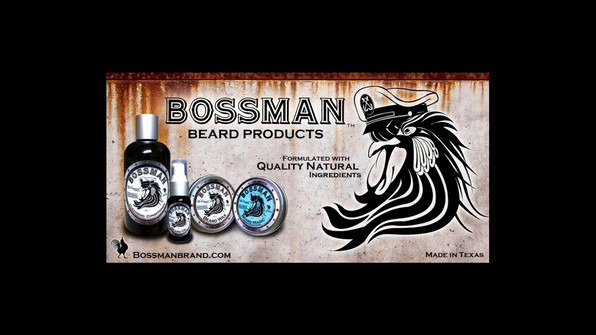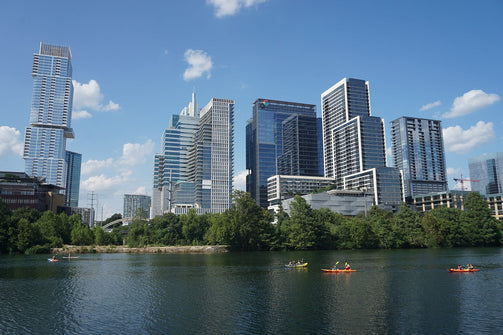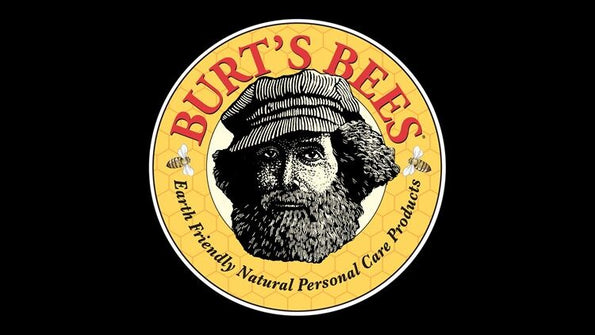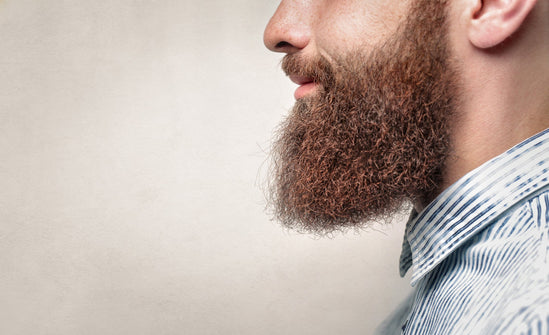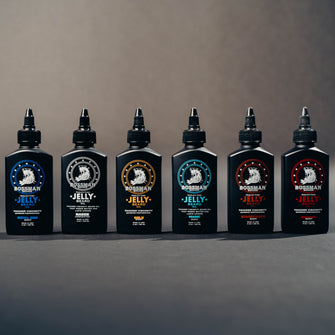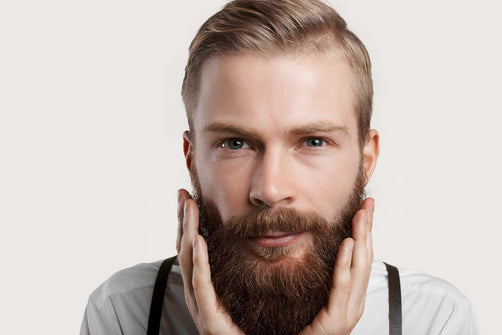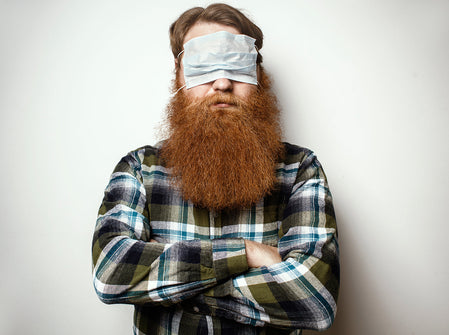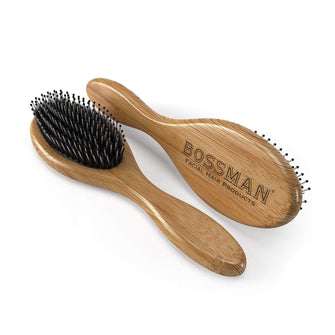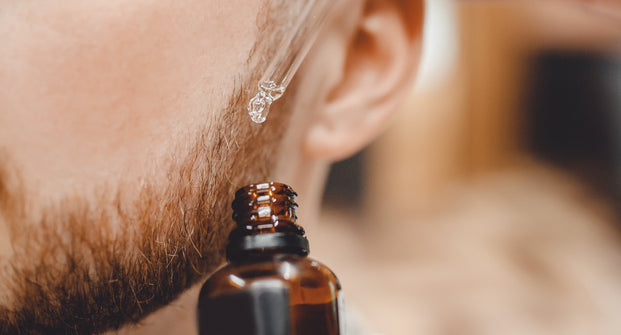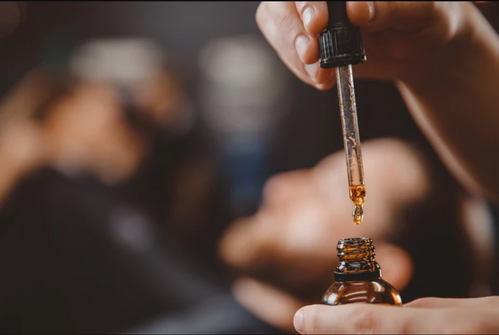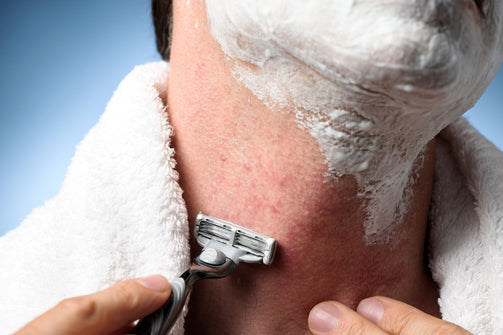Tips to Prevent Ingrown Hair on Beard
Ingrown hairs are a common problem faced by many, especially by those who regularly shave or wax. They occur when the hair, instead of growing out from the skin, curls back into the skin or the hair grows sideways under the skin. An ingrown hair can cause discomfort and inflammation, appearing as very small bumps, raised red bumps or sometimes even resembling pimples. They're often accompanied by pus formation and can become itchy or painful.
Ingrown Beard Hairs: An Overview
In men, ingrown hairs are common in areas where they shave, such as the face. Therefore, ingrown facial hair or 'beard ingrowns' are a common complaint. Individuals with curly or coarse hair are at a higher risk of developing this problem, as such hair types naturally curve back into the skin easily. However, anyone who shaves their beard can get ingrown hairs, regardless of their hair type or skin type.
Why Ingrown Hairs Occur
Ingrown hairs usually happen after shaving, waxing, or tweezing, when the hair begins to grow back. The sharp, pointed end of a recently cut hair can pierce the skin, causing the hair to grow sideways into the skin, resulting in an ingrown hair. Improper shaving techniques, using a dull razor blade, using shaving gel or not preparing the skin adequately before shaving can increase the risk of developing ingrown hairs.
The Clinic School Perspective
From a clinical perspective, most ingrown hairs are not a serious health issue but can cause discomfort, and severe or recurrent cases can lead to infection and scarring. Various dermatology clinics and clinic schools recommend preventative measures to avoid the occurrence of ingrown hairs. These include adopting proper shaving techniques and maintaining good skin hygiene.
Identifying Ingrown Hairs
The Clinic Press provides some useful guidelines for identifying ingrown hairs. According to them, the key signs of an ingrown hair are small, solid round bumps (papules), small pus-filled blisters (pustules), skin darkening (hyperpigmentation), pain, and itching. Also, the hair might be visible as a small, dark line (sometimes with pus) under the skin bump.
What Professionals Say About Ingrown Facial Hair
A professional version of understanding ingrown hair recognizes it as a skin condition caused further inflammation, by hair that has curled back into the skin or grown sideways. The Las Vegas-based dermatology clinic has seen many patients patient with this condition and emphasized the importance of understanding the root cause of ingrown hair to prevent its reoccurrence.
A Closer Look at Ingrown Beard Hair
When it comes to beards, ingrown hairs can occur when the hair is cut short and close to the skin, causing it to curl back. They can appear anywhere on the face where hair is shaved. If not handled correctly, the skin irritation from an ingrown beard hair can cause an infection, leading to a painful abscess. It's essential to know how to prevent, identify, and treat ingrown beard hairs to maintain healthy skin.
Skin Health and Ingrown Hairs
Skin health plays a vital role in the occurrence of ingrown hairs. Dry skin can lead to an accumulation of dead skin cells, which can block the hair follicle, causing the other hair follicles to grow inwards into surrounding skin. Hence, keeping the skin moisturized and exfoliating regularly can help prevent ingrown hairs.
Role of Dermatology in Ingrown Hair Management
The field of dermatology deals extensively with skin conditions, including ingrown hairs. Dermatologists can provide appropriate treatment methods for ingrown hair and offer guidance on preventing future occurrences develop ingrown hairs. In severe cases, a dermatologist may have to remove the ingrown hair surgically.
Preventing Ingrown Hairs: The Professional Version
According to the professional version of ingrown hair prevention, you can take several steps to prevent ingrown hair. These include using the correct shaving technique, preparing the skin before shaving, using a sharp razor, and maintaining good skin hygiene. Additionally, if ingrown hairs are a recurrent issue, it might be worth considering other hair removal methods.
Tips to Prevent Ingrown Hair
A few basic tips to prevent ingrown hairs include shaving in the direction of hair growth, using a sharp razor, using exfoliating scrub on the skin regularly, and keeping the skin moisturized. It's also advisable to avoid close shaving and to apply a cool cloth to the skin after shaving to reduce inflammation.
Ingrown beard hairs can be uncomfortable and cause inflammation, but there are various ways to alleviate discomfort, avoid shaving and promote proper hair growth. Here are some tips to treat ingrown beard hair:
1. Warm Compress
Apply a warm compress to the affected neck area to soothe the skin and help draw out the ingrown hair. This method can soften the skin and make it easier for the hair to naturally break free.
2. Gentle Exfoliation
Exfoliate the area gently using a scrub or a brush. This helps to remove dead skin cells and can free up the pores from trapped hair. However, be careful not to scrub too hard, as this could cause further irritation.
3. Use Sterile Tweezers or Needles
If the ingrown hair is close to the skin's surface, you may be able to just remove hair or gently pull it out with sterile tweezers or a needle. But avoid digging into the skin, as it could lead to infection or scarring.
4. Topical Creams and Lotions
Over-the-counter creams and lotions containing salicylic acid, glycolic acid, or other exfoliants can help reduce inflammation and promote skin turnover. These can help to free the skin underneath ingrown hair.
5. Don't Shave for a While
If possible, stop shaving for a few days to allow the ingrown hair to grow out naturally. When you start shaving again, use a single-blade razor and shave in the direction of new hair growth to reduce the chances of unwanted hair from growing back into the skin.
6. Hydrocortisone Cream
Applying a topical hydrocortisone cream can help reduce inflammation around the ingrown hair.
7. Tea Tree Oil
This natural remedy has anti-inflammatory and antimicrobial properties that can help soothe the skin and prevent infection.
8. Visit a Dermatologist
If the ingrown beard hair doesn't improve after home treatment, or if it becomes infected, it's best to consult with a dermatologist. They may prescribe medications or perform procedures to treat the ingrown hair.
9. Consider Alternative Hair Removal Methods
If you regularly experience ingrown hairs, it might be worth considering other hair removal methods, such as laser hair removal or electrolysis.
In Summary
In conclusion, ingrown hairs, particularly on the beard, are a common issue faced by many. By implementing the right shaving techniques and maintaining good skin hygiene, one can manage and prevent ingrown hairs effectively. If you struggle with recurrent ingrown hairs, it may be beneficial to seek advice from a dermatologist or healthcare professional.

